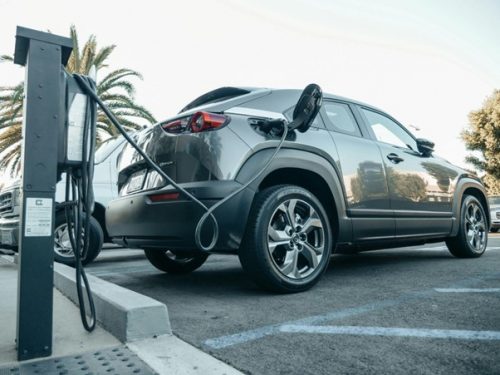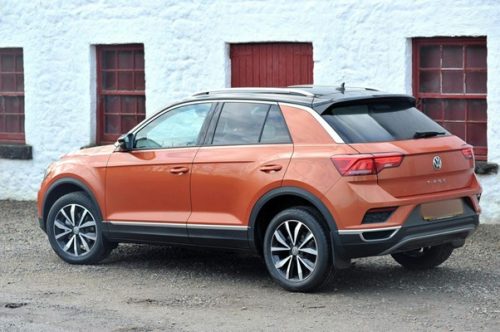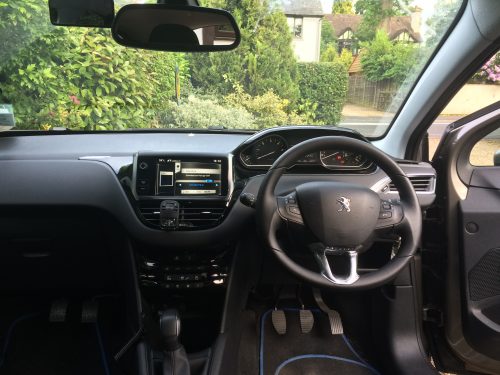
Driving road signs – would you know what these signs mean?
Posted in: Driving Tips, Theory Test.
Driving road signs – would you know what these signs mean?
In 2013, according to Gov.UK, there were 35 million vehicles licensed for use on UK roads. The data shows that this number was growing, as it had done for virtually every year since World War II. Cars are getting faster, safer, more ecologically-advanced, and overall better.
So is it easier to drive than before, or should one quiver with worry when they sit behind the wheel at the sheer volume of traffic clogging up our roads? Are we putting people who are incompetent and ignorant in our vehicles? Or are our car drivers, enjoying their Jaguars, Toyotas and Fords from Jennings as good as they’ve ever been?
Before leaping to the defence of the noble driver, take a look at these five road signs and ask yourself if you can recognise them. All members of this quintet can be found on common British roads:
1) This should be a fairly easy one, as you’ll often see it just after leaving a built up area. The actual meaning is that you’re entering somewhere where ‘national speed limit applies’, which of course leads to a further question of what the relevant speed limits are.
It depends on the vehicle you’re using. If you are on a dual carriageway and driving a car/motorcycle the national limit is 70 mph, on a single carriage way it’s 60mph. If you’re driving anything with more than eight passenger seats, or a goods vehicle, then take off 10mph for both cases.
As an aside, the Daily Mail reported last year that when drivers were tested by insurance company More Than, they admitted regularly disregarding 30mph signs. This was just one guilty confession that also involved general ignorance of basic signs.
2) What does this one mean? Does it designate some form of curious corner ahead, or perhaps a swerve in the road? It actually means that the road is narrowing ahead, which looks obvious once you’re informed. Warning signs are triangular on UK roads and this one is a clear message for drivers of wide vehicles such as lorries or vans.
There are also various versions where one of the lines is straight, meaning that the ‘other’ side of the road is about to narrow.
3) Time for a tougher one now.
A driver heading down the motorway will often see these shapes, perhaps within other signs, but what do these simple symbols mean?
The answer is ‘diversion route’; when a section of road is closed in an emergency these symbols will be placed along the diversion route. Sometimes there is more than one possible diversion – hence the different shapes.
4) We should all know that this is a T-junction sign, but why is the arm to the right massively bigger than the left arm? And why is pointing like an arrow – surely we can also go left?
We can, but the answer is – T-junction with priority over those approaching from the left. The simple way to remember this (and its counterpart) is that the ‘larger’ arrow shape is the direction that has priority over the ‘smaller’ arm.
5) Invisible cars ahead? Nothing ahead? This is one of those signs that’s just a little confusing, simply because there is seemingly no instruction – or anything at all.
Well, perhaps that’s the clue, as the answer is ‘no vehicular traffic’. Therefore, if you do see this circle of red and white it’s time to start planning another route!
Tags: driving safely, dual carriageways, road laws, road signs, theory study, traffic signs











